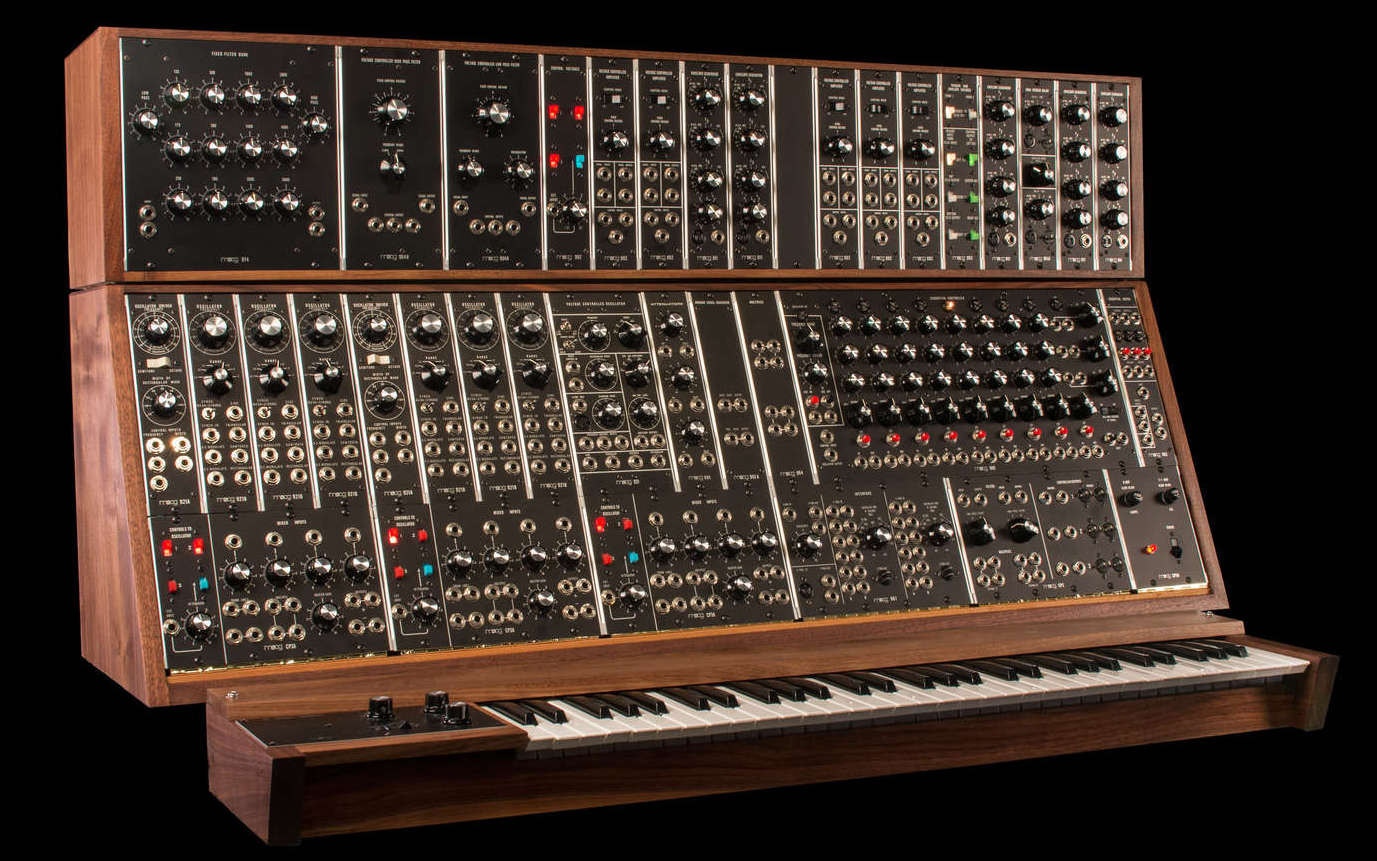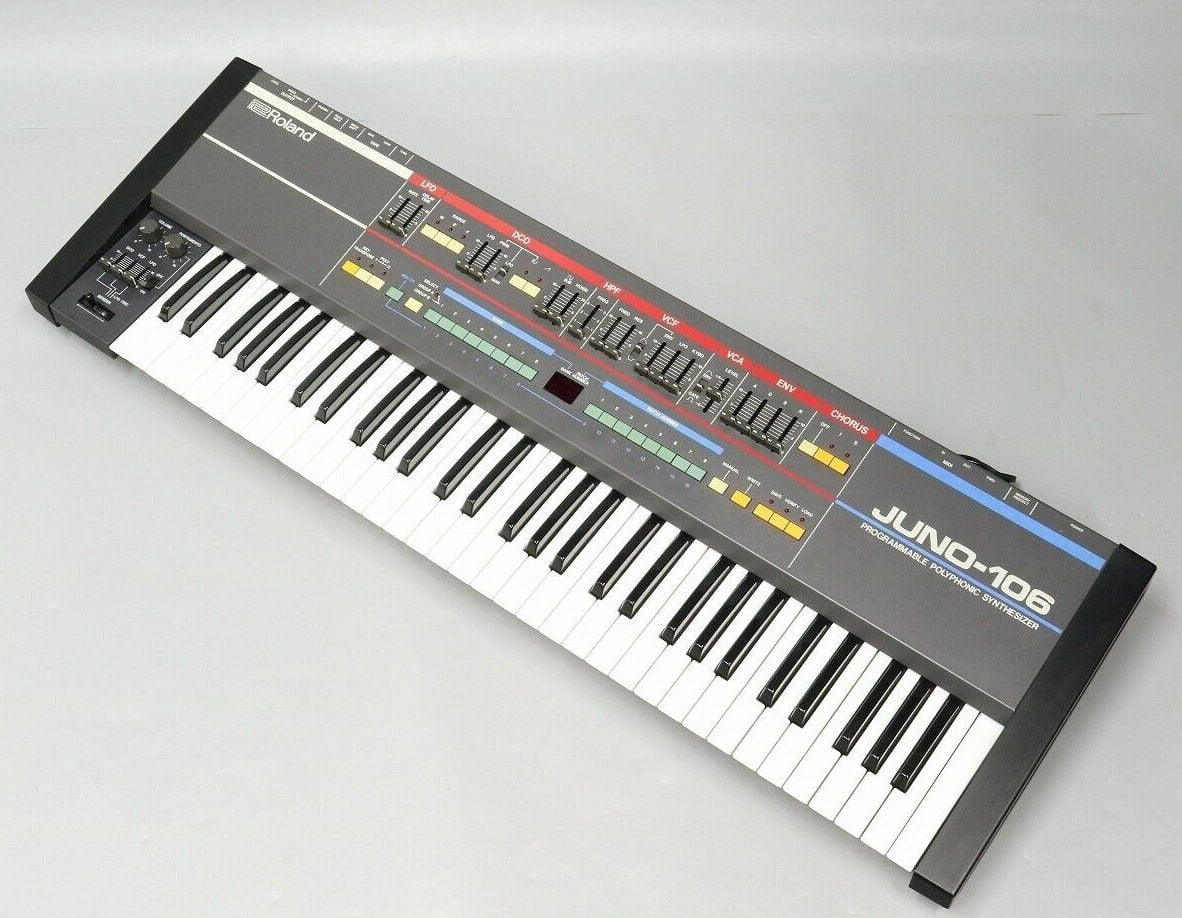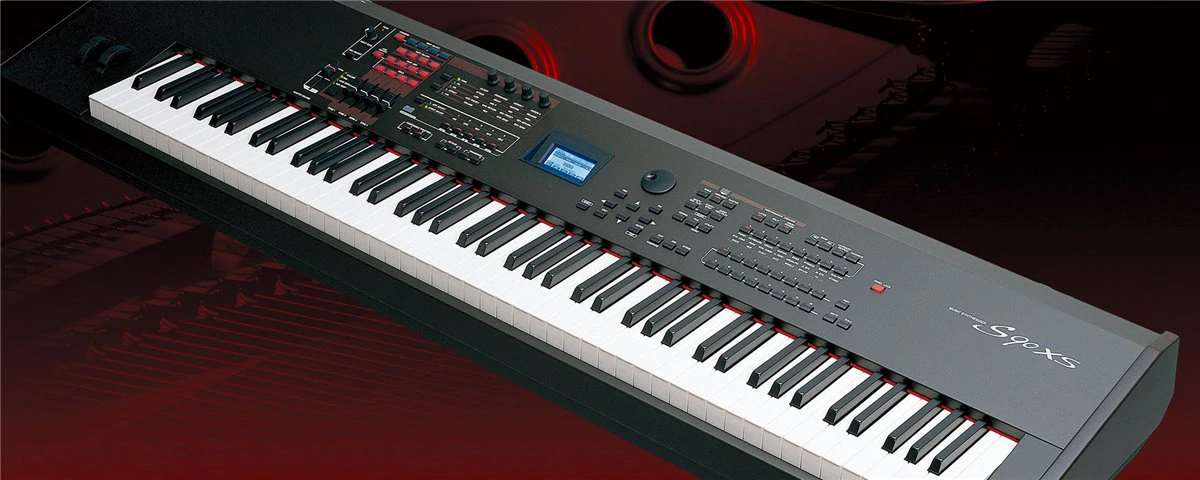Introduction and FM Synthesis
The Yamaha DX7 is a synthesizer manufactured by the Yamaha Corporation from 1983 to 1989. It was the first successful digital synthesizer and remains one of the best-selling synthesizers in history, with over 200,000 units sold[1]. The DX7 introduced a new type of synthesis called Frequency Modulation (FM) synthesis, which allowed for more complex and unique sounds compared to previous analog synthesizers[13].
Impact and Popularity
The DX7’s impact on popular music in the 1980s was significant. Its affordable price, sound palette, and physical feel made it a must-have instrument in studios, garages, and university music departments in the U.S. and the U.K[3]. The DX7’s electric piano sound became heavily associated with 80s ballads, and its unique sounds were used by artists such as Whitney Houston, Tina Turner, Kenny Loggins, A-Ha, Hall & Oates, and many more[8][10]. The synthesizer also introduced technological innovations that changed how electronic music was made[8].
Technical Specifications and Features
The DX7 featured a 61-note keyboard with velocity and aftertouch sensitivity, pitch-bend and modulation wheels, and MIDI in/out/thru[1]. It had a 16-voice polyphony and used FM synthesis as its tone generator[4]. The synthesizer was known for its sleek design, with green switches, a small LCD screen, and a slider to scroll through options instead of the plethora of knobs, buttons, and faders typical of analog synths at the time[8]. The DX7 also utilized flat membrane switches, allowing musicians to access all sound functions via a flat surface[11].
Influence on Music Production
The DX7’s unique sounds and capabilities influenced music production in various ways. Its FM bass sounds were more like a bass guitar than the growling analog synth basses produced by subtractive synths before it[10]. The synthesizer also allowed for greater ease and flexibility in creating complex sounds, such as percussive and metallic tones[12]. Many musicians, including Brian Eno, Tony Banks, and Phil Collins, used the DX7 in their work, further solidifying its influence on music production[13].
In summary, the Yamaha DX7 synthesizer revolutionized the music industry with its introduction of FM synthesis, unique sounds, and affordable price. Its impact on popular music in the 1980s was significant, and its influence on music production can still be felt today.
Citations:
[1] https://en.wikipedia.org/wiki/Yamaha_DX7
[2] https://youtube.com/watch?v=sXt_NXjc7oY
[3] https://meganlavengood.com/the-yamaha-dx7-in-synthesizer-history/
[4] https://usa.yamaha.com/products/contents/music_production/synth_chronology/modal/modal_dx7.html
[5] https://news.ycombinator.com/item?id=25592265
[6] https://meganlavengood.com/2022/05/12/the-yamaha-dx7-in-synthesizer-history/
[7] https://youtube.com/watch?v=Bj_fM7ONaCw
[8] https://www.culturesonar.com/a-sound-that-changed-music-the-yamaha-dx7/
[9] https://spectralplex.com/yamaha-dx7-synthesizer/
[10] https://reverbmachine.com/blog/exploring-the-yamaha-dx7-pt2/
[11] https://www.yamaha.com/en/about/design/synapses/id_009
[12] https://www.deepsonic.ch/deep/docs_manuals/yamaha_dx7_basic_fm_synthesis.pdf
[13] https://www.vintagesynth.com/yamaha/dx7.php
[14] https://yamahablackboxes.com/collection/yamaha-dx7-synthesizer/
[15] https://mn2s.com/news/features/brief-history-yamaha-dx7/
[16] https://youtube.com/watch?v=Y1xPT5D7Oc0
[17] https://www.economist.com/prospero/2020/12/31/yamahas-dx7-synthesiser-changed-modern-music
[18] https://synth.market/en/catalogue/yamaha/dx7/
[19] https://reverbmachine.com/blog/exploring-the-yamaha-dx7/
[20] https://www.yamahasynth.com/learn/synth-programming/basics-of-fm-synthesis
[21] https://www.openculture.com/2019/08/how-the-yamaha-dx7-digital-synthesizer-defined-the-sound-of-1980s-music.html
[22] https://musicalinstrumentpro.com/yamaha-dx7/
[23] https://ethw.org/Yamaha_DX-7
[24] https://faderpro.com/programs/fm-synthesis
[25] https://soundprogramming.net/synthesizers/yamaha/yamaha-dx7/





